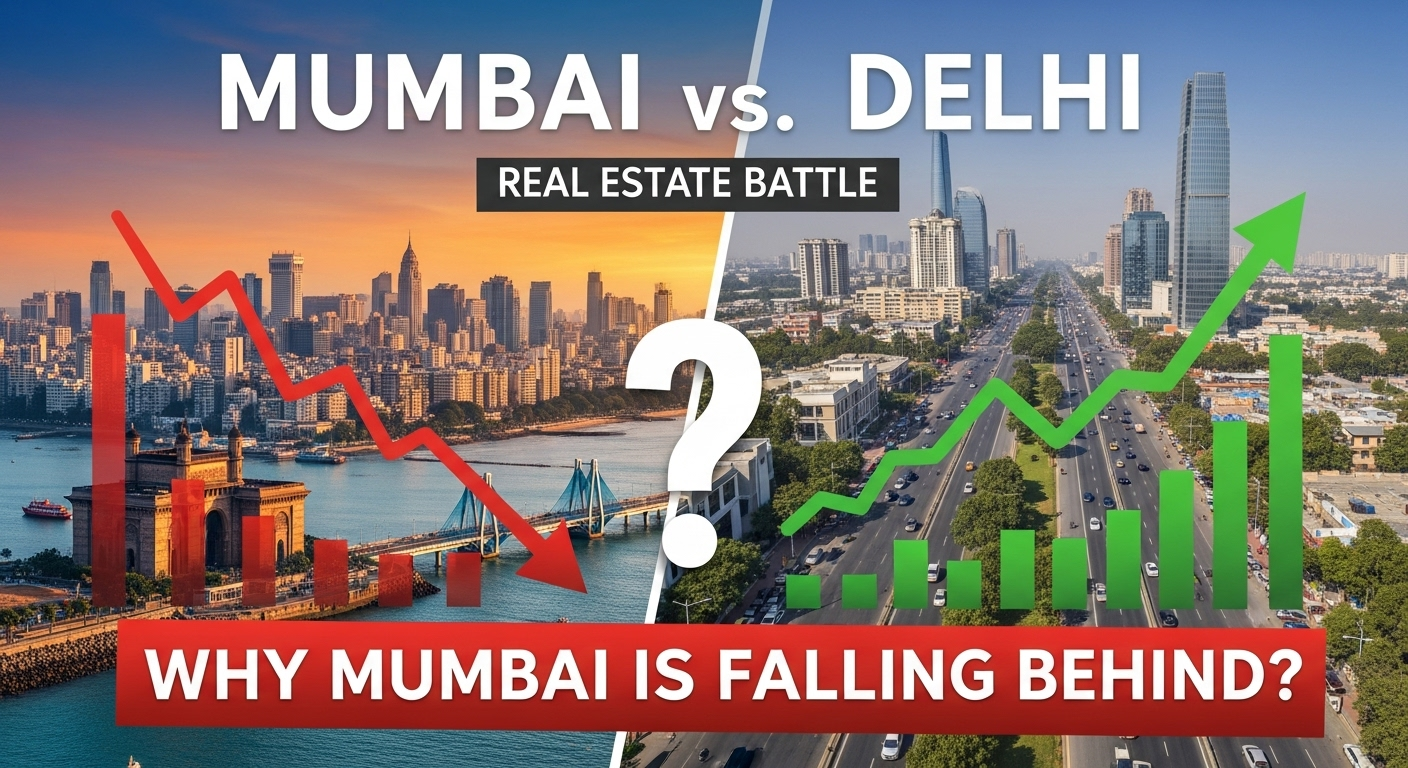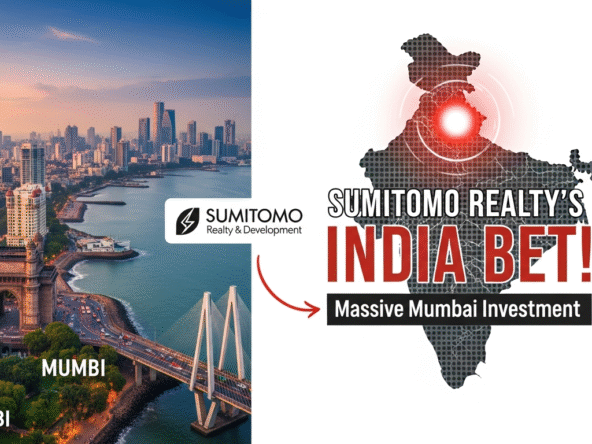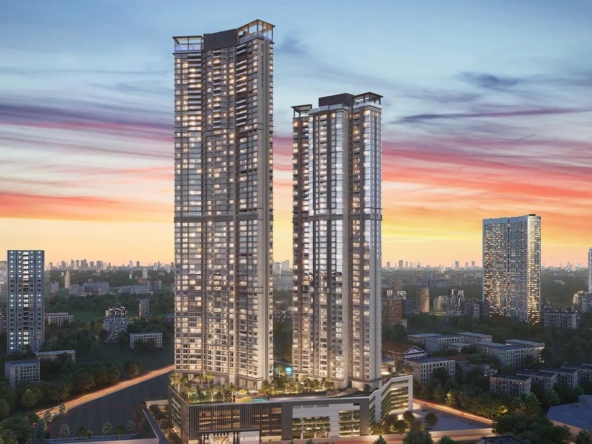By: Datta Nighut
In a recent conversation with Gulam Zia, Senior Executive Director at NightFrank India, we explored the latest trends shaping Mumbai’s real estate market — especially the dynamic developments in the MMR Real Estate (Mumbai Metropolitan Region). From the shifting momentum in luxury housing to the intensifying competition in suburban hotspots like Andheri, here’s a comprehensive look at what’s happening on the ground.
Understanding the Macro Picture: Mumbai’s Housing Market
To start with, Zia offered a macro perspective on Mumbai’s residential real estate landscape. While the broader Indian market has shown signs of stabilization — and even a possible slowdown — Mumbai presents a mixed picture.
“The last couple of quarters have been fairly flat across India,” he noted. “In Mumbai, we’re seeing fatigue in the ultra-luxury segment, particularly in the ₹20-₹50 crore range, where inventory levels are high, and sales velocity is sluggish. It could take four to five years to absorb this stock.”
That said, there’s more optimism in other categories. Homes priced between ₹5 crore to ₹15 crore are witnessing steady sales, with inventory expected to clear within two to two-and-a-half years — a healthy market cycle by any standard.
Zooming In: Andheri’s Hotspot Status
One of the most active sub-markets right now is Andheri, part of the western suburbs — a region increasingly popular with upper-middle-income buyers.
“Andheri is witnessing intense developer activity,” said Zia. “Ticket sizes here generally range from ₹5 crore to ₹10 crore. From Godrej and Mahindra to Lodha and other major names, every prominent developer has a footprint in this area.”
While demand is still strong, the real challenge lies in the sheer level of competition. Andheri, being geographically expansive, has long attracted both corporate and local developers. This hyper-competitive environment means developers must be exceptionally strategic in timing and positioning their launches.
The Risk of Oversupply: A Watchful Eye on the Cycle
As more players jump into the fray, concerns around oversupply are beginning to surface.
“There’s a belief in the market that we’ve hit the peak of the property cycle — the 12 o’clock mark on the property clock,” Zia explained. “But from our house view, we’re not quite there yet. If we do hit that peak soon, the upcoming inventory — especially from massive projects spread over 17 acres or more — could pose serious challenges.”
Interestingly, the unique nature of Mumbai’s real estate ecosystem — where slums, mid-income, and luxury segments often coexist — means that location-specific dynamics can outweigh citywide trends.
Infrastructure: A Game-Changer for Western Suburbs
One silver lining in the current scenario is infrastructure. The Andheri region, in particular, stands to benefit from significant upgrades:
- Metro line connections
- JVLR (Jogeshwari–Vikhroli Link Road) integration
- The upcoming Versova-Bandra Sea Link
“These projects are transformative,” Zia emphasized. “Travel time to Nariman Point could be cut down from 90 minutes to just 30–45 minutes. By the time new developments are ready for possession, this new infrastructure will be fully operational — a massive value addition for residents.”
MMR vs. The Rest: Regulatory & Market Differences
When comparing Mumbai with other regions, Zia pointed out some interesting contrasts:
- Luxury Housing: Delhi has recently overtaken Mumbai in terms of sales volume for ultra-luxury homes priced above ₹50 crore — a segment Mumbai traditionally dominated.
- Regulatory Environment: While MMR charges slightly higher stamp duties (to fund metro and infrastructure projects), Zia argues the return on investment is visible and worthwhile.
- Buyer Demographics: Mumbai still enjoys a unique edge due to its status as India’s financial capital. Wealth generated from stock markets and finance ensures that mid-to-premium housing continues to see healthy demand.
Final Take: A Market of Surprises
Despite concerns about inventory and market cycles, Zia remained cautiously optimistic:
“Mumbai’s market appetite often surprises us. Yes, competition is fierce, and yes, timing will be critical — but if infrastructure delivers and macroeconomic stability continues, we could still see robust absorption, especially in the ₹5–₹15 crore range.”
Conclusion:
Mumbai’s real estate market, particularly in the MMR region, continues to evolve. With rising competition, changing buyer preferences, and massive infrastructure upgrades underway, developers must remain agile and well-informed. Whether you’re a buyer, investor, or industry watcher — the coming quarters will be crucial in shaping the city’s real estate trajectory.
Stay tuned for more insights from India’s top real estate minds right here on www.vastukrupaestate.in
Tags: #MumbaiRealEstate #GulamZia #KnightFrankIndia #AndheriProperty #LuxuryHomesIndia #MMRDevelopment #MetroInfrastructureMumbai #RealEstateCycleIndia #PropertyTrends2025





